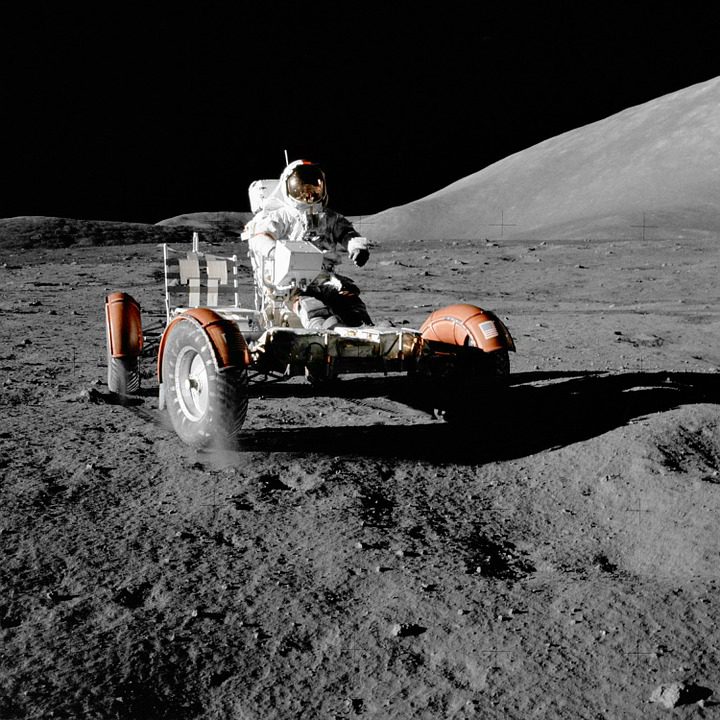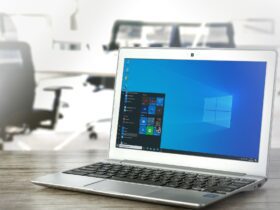Half a century ago, scientists on one of NASA’s Apollo flights pounded a pair of 14-inch-long tubes into the moon’s surface. After filling the canisters with pebbles and dirt, Eugene Cernan, as well as Harrison “Jack” Schmitt, vacuum-sealed 1 of the containers and placed the other in an open vessel. Both have been returned to Earth.
Currently, researchers at NASA’s Johnson Space Center located in Houston are ready to gently unlock that first tube, which has been firmly closed since the 1972 Apollo 17 mission – the very last time humans stepped foot on the moon’s surface.
How can it be taking so long? To make use of tomorrow’s technology – which is now here. The organization recognized that science and technology would advance throughout time, allowing experts to explore the material in novel ways and solve novel concerns, explains NASA’s Lori Glaze.
The operation’s unsealed tube was accessed in 2019. The lunar soil layers had been maintained, and the sample provided information regarding phenomena such as landslides in airless areas.
Due to the fact that the sample being inspected currently is sealed, it could carry something more than rocks and soil: gases. The tube may include volatile compounds, including water ice & carbon dioxide, which vaporize at ambient temperature. The contents at the lowest part of the tube were gathered while they were incredibly cold.
Because the quantity of all these gases in the material is likely to be extremely small, experts are extracting and collecting them using a unique apparatus called a manifold built by a crew at Washington University in St. Louis. If gases are present in the mixture, researchers will be ready to detect them using contemporary mass spectrometry techniques. Analyses of these samples are being conducted in conjunction with NASA’s Artemis projects, which will take people to the lunar surface for the very first time in over 50 years.













Leave a Reply